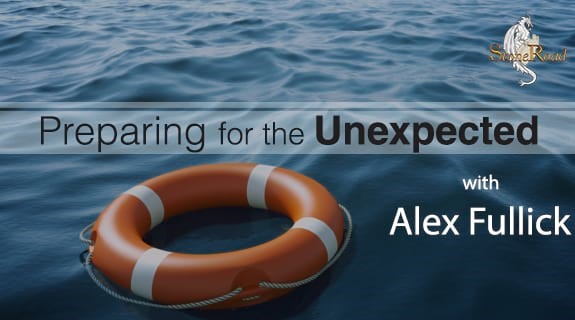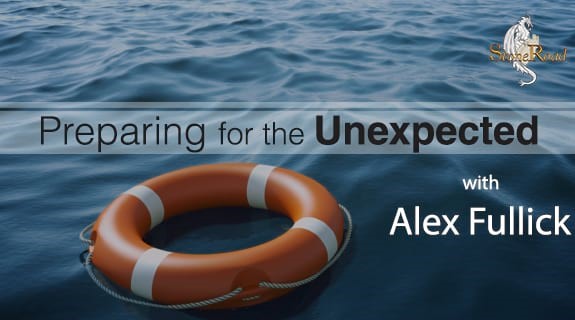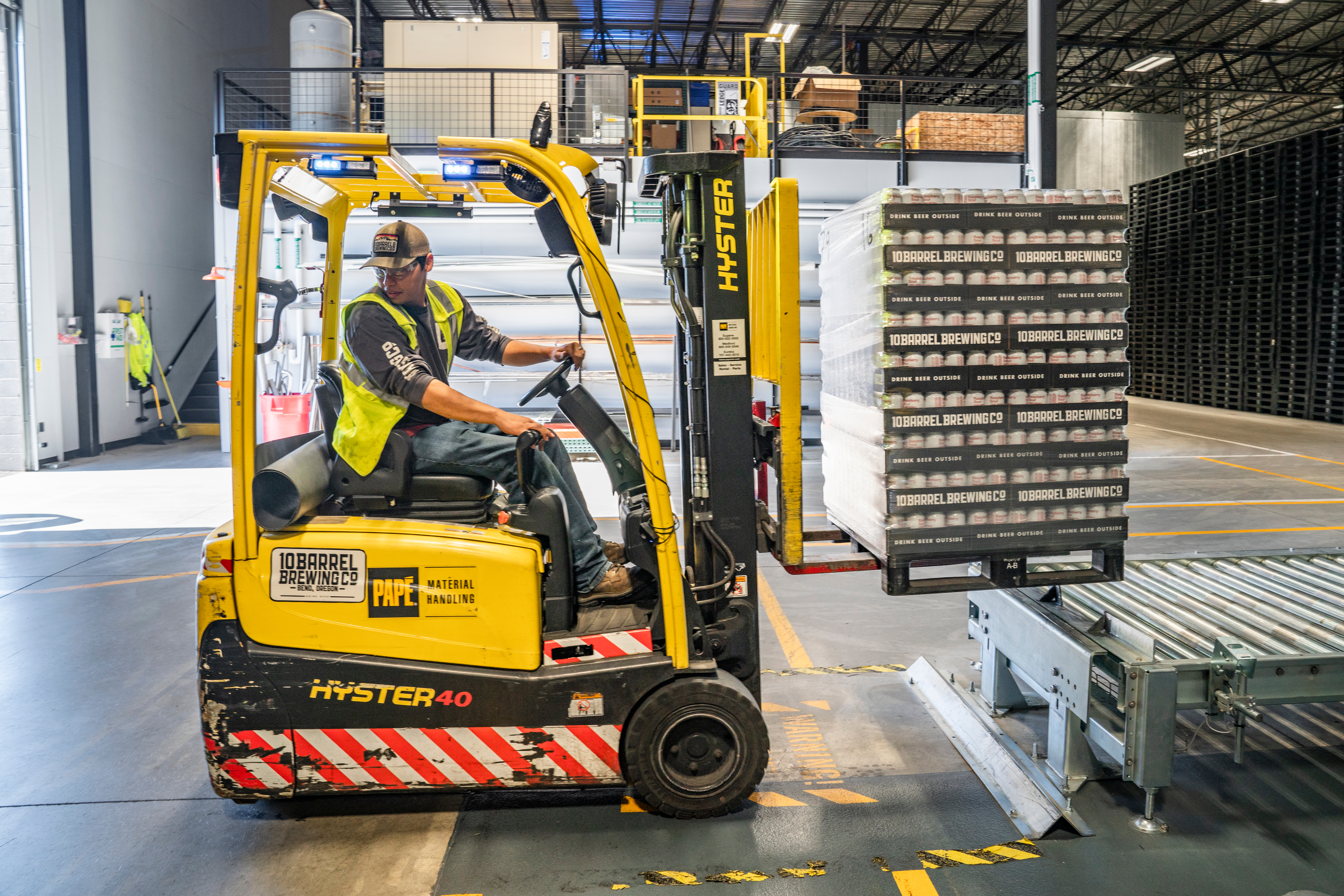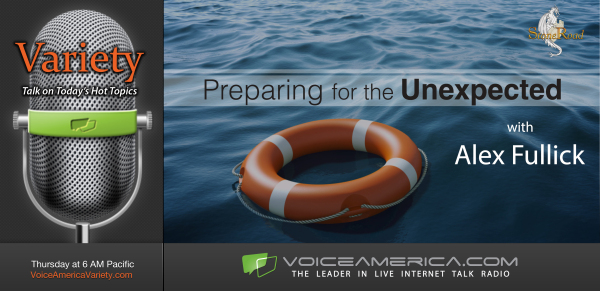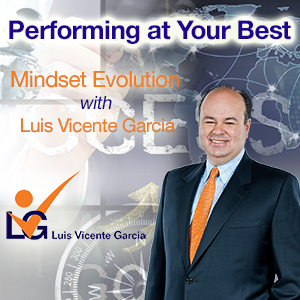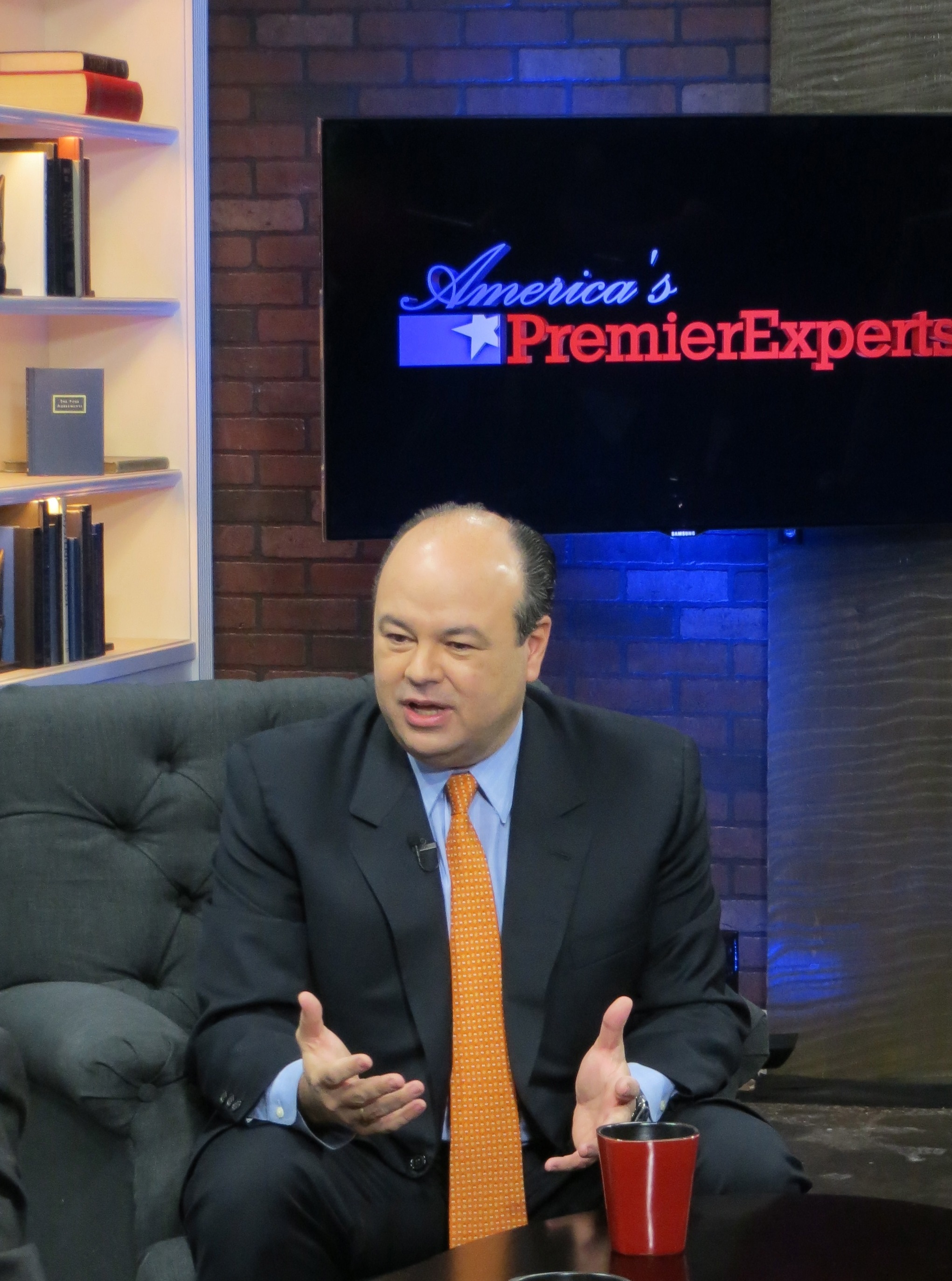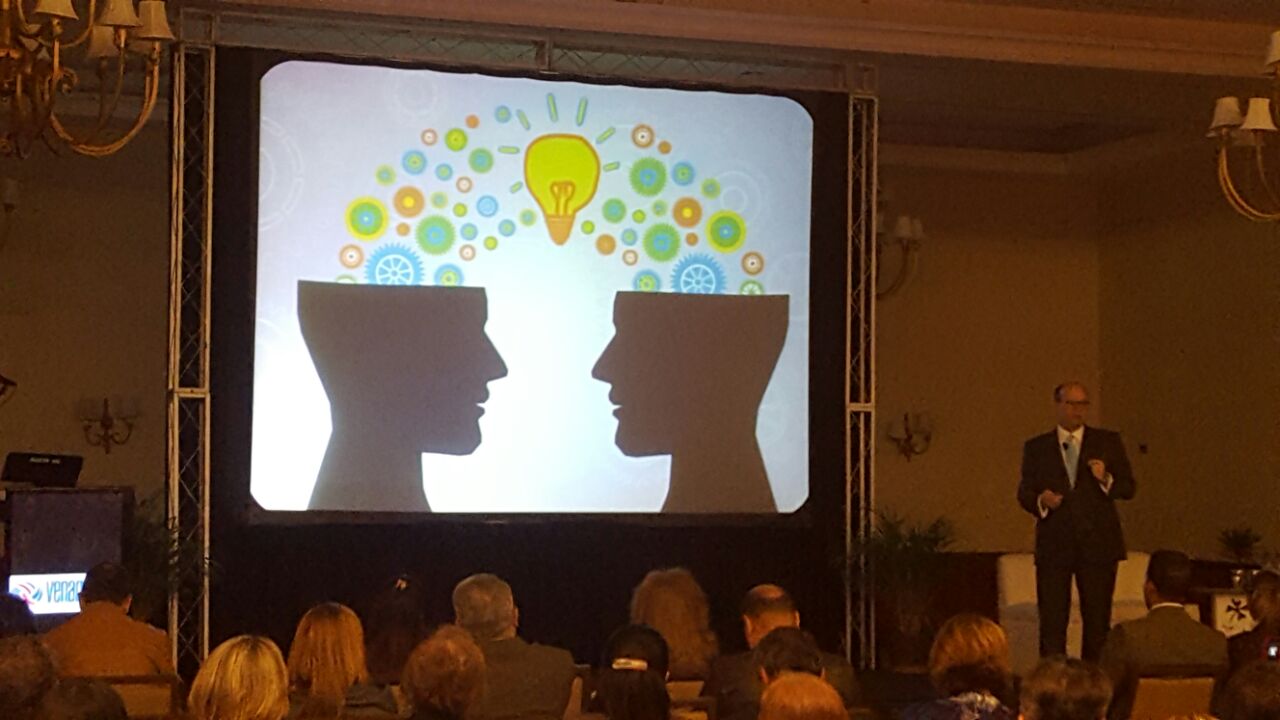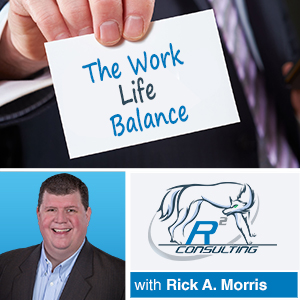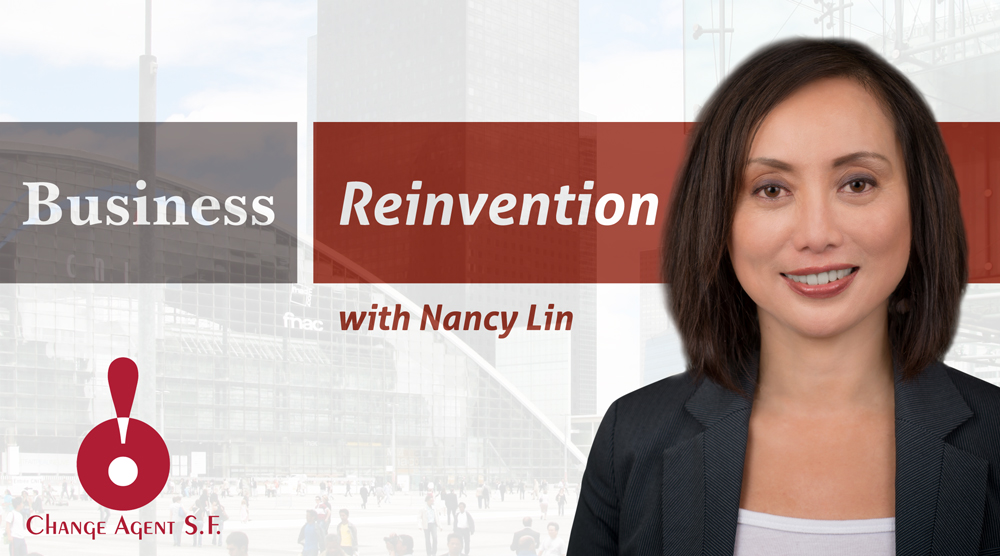Is Bus. Continuity Really Becoming More Strategic? (w/ Luke Bird)
Join me June 16, 2022 at 1pm EST! (Business Channel) Business Continuity – is it strategic? That’s...
Read Moreby VoiceAmerica | Dec 22, 2021 | Business | 0 |
Join me June 16, 2022 at 1pm EST! (Business Channel) Business Continuity – is it strategic? That’s...
Read Moreby VoiceAmerica | Dec 3, 2021 | Business | 0 |
Join me on March 3, 2022 at 1pm EST! Business Continuity & Operational Resilience: Is it the...
Read Moreby VoiceAmerica | Nov 12, 2019 | Business | 0 |
To start or to continue receiving the weekly blogs via email, please sign-up using this link:...
Read Moreby VoiceAmerica | Oct 15, 2019 | Business | 0 |
This blog is provided by Dave Cherry, as a companion to his interview on Innovating Leadership,...
Read Moreby VoiceAmerica | Sep 11, 2019 | Business | 0 |
This blog is provided by Dave DuBose and Will O’Brien from True North Growth Partners, as a...
Read Moreby VoiceAmerica | Aug 6, 2019 | Variety | 0 |
Join us January 16, 2020 as we talk with Caroline Sapriel about how we need to Think Beyond...
Read Moreby VoiceAmerica | Sep 1, 2016 | Business | 0 |
âSales are contingent upon the attitude of the salesmanâ. With this quote W. Clement Stone...
Read Moreby VoiceAmerica | Jun 16, 2016 | Business | 0 |
What do you think if you hear about a year on Performance and Mindset? For me it has been a...
Read Moreby VoiceAmerica | Jun 9, 2016 | Business | 0 |
When we go out to work or live our own lives, we must decide how we are going to do it. When we...
Read Moreby VoiceAmerica | May 5, 2016 | Business | 0 |
When we talk about Business or entrepreneurial success, we might not be really sure what it is or...
Read Moreby VoiceAmerica | Jan 28, 2016 | Business | 0 |
Rick A. Morris welcomes a long time and valued friend Don Delashaw. Â Rick worked with and for Don...
Read Moreby VoiceAmerica | Apr 15, 2015 | Business | 0 |
When talking about business reinvention, we tend to focus on the big companyâs need to rethink...
Read More

